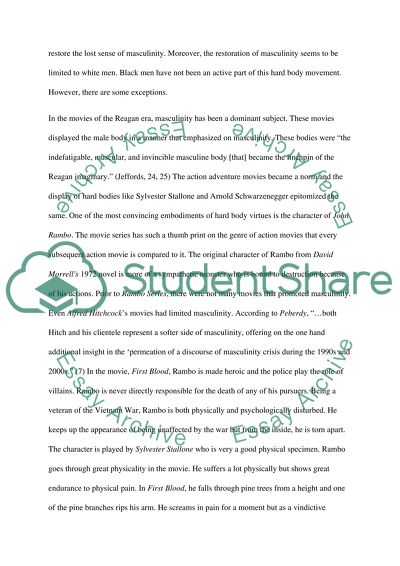Cite this document
(“Hollywood Masculinity in the Reagan Era Research Paper”, n.d.)
Retrieved from https://studentshare.org/visual-arts-film-studies/1477531-hollywood-masculinity-in-the-reagan-era
Retrieved from https://studentshare.org/visual-arts-film-studies/1477531-hollywood-masculinity-in-the-reagan-era
(Hollywood Masculinity in the Reagan Era Research Paper)
https://studentshare.org/visual-arts-film-studies/1477531-hollywood-masculinity-in-the-reagan-era.
https://studentshare.org/visual-arts-film-studies/1477531-hollywood-masculinity-in-the-reagan-era.
“Hollywood Masculinity in the Reagan Era Research Paper”, n.d. https://studentshare.org/visual-arts-film-studies/1477531-hollywood-masculinity-in-the-reagan-era.


